I’ve recently come across a ton of lesser-known Japanese gaming magazines and have been slowly going through them for Legends of Localization research purposes. I thought it’d be fun and helpful to share interesting articles here on the site, so here’s a new research update.
I’m always interested in seeing how the Japanese media and Japanese gamers see our side of things, so this time I’ve scanned a four-page Japanese article about Winter CES 1992:
And I’ve included these in a higher-quality PDF that you can get here. (BTW feel free to share this content or post this anywhere – if you could credit Legends of Localization and/or link back to this article that’d be nice too!)
Several different topics are covered, but for me here are the most interesting ones:
- The Japanese magazine staff asks NOA President Arakawa about the upcoming Super Famicom and Super NES CD ROM accessory. Arakawa answers that he expects it to cost $200 and that the cartridge that goes in the system when using the CD drive will include a custom chip that allows for smoother and more colorful graphics. Apparently they already have some CD software and/or games up and running, which leads the reporter to remark that it’s surprising how far its development has advanced.
Arakawa also mentions that although 2.1 million Super NESes had been sold in 1991, that’s remarkably fewer than the 2.5 million they had estimated. The plan is to immediately drop the Super NES’ price from $200 to $180 and shoot for 6 million units sold in 1992. - A section about game magazines mentions that American children don’t read game walkthrough articles very much, yet that they do have a plethora of gaming magazines available to them. Instead of large-size, visual-heavy walkthroughs found in Japanese magazines and books, American magazines feature simpler, text-heavy tips about individual problems in games.
Most of the other topics in this report are pretty straightforward and can probably be surmised from the related photos, but let me know if there’s something in here that might deserve a translation summary too. But, man, those Sonic and Mario costumes…
Coverage of games and entertainment outside of Japan is pretty common in these magazines I have. They’re fascinating in different ways, so I can’t wait to share some of them later on!


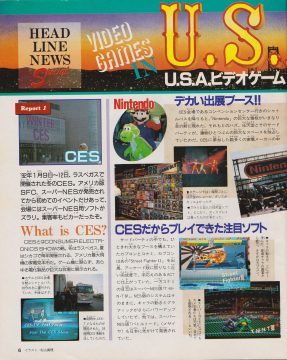
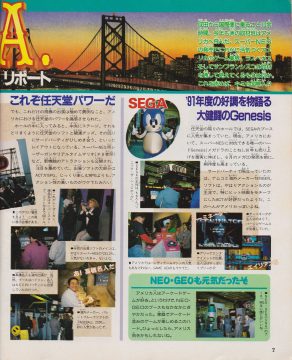
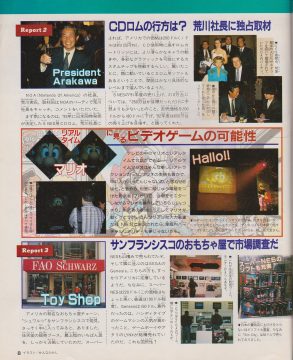

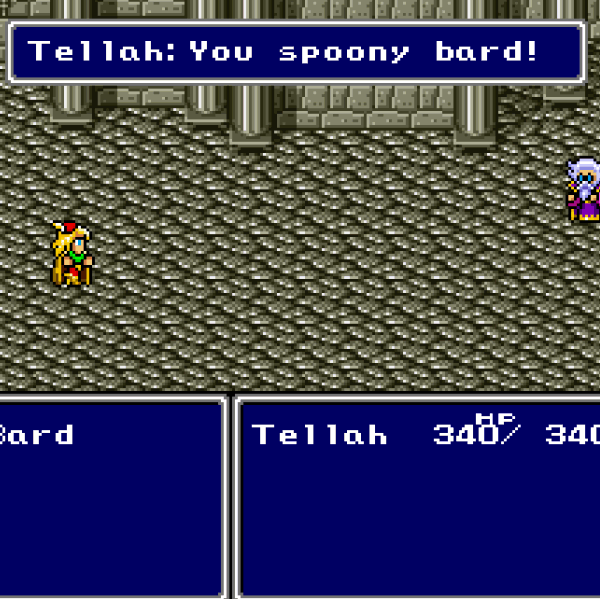
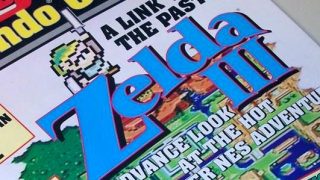
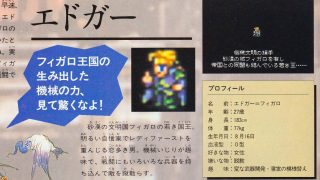

Never mind those Sonic and Mario costumes, man — check out the getup those guys hawking the TG-16 are wearing! I suppose it’s better than if they were dressed as Bonk, but it’s still pretty wild.
Back in those days, Japan was the uncontested home of video games. It was understandable for North American magazines and fans to develop a sort of reverence or mysticism for that far away land where most of the games came from (usually months before us). What interest would casual Japanese gamers have in the US gaming market of the early 90s?
American RPGs were *big* in Japan. Wizardry and Might & Magic had a much, much larger, more devoted following in Japan than they did in the States, and Ultima was quite popular as well; Yuji Horii named Wizardry in particular as his major inspiration for the original Dragon Quest.
“A section about game magazines mentions that American children don’t read game walkthrough articles very much, yet that they do have a plethora of gaming magazines available to them. Instead of large-size, visual-heavy walkthroughs found in Japanese magazines and books, American magazines feature simpler, text-heavy tips about individual problems in games.”
Is that some kind of thinly veiled attempt at saying we’re too stupid to read walkthrough articles if they have too many words and we only understand if the text is boiled down to simple sentences?
Doubtful, since it notes that the american magazines are also more text-heavy.
The simpler seems to be solely in reference to the scope of guidance(tips for specific problems vs whole-game walkthrougs)
It seems to be saying we wanted to play the game ourselves, not have our hands held on a guided tour.
If anything they might be poking fun at themselves, saying that Americans read instead of looking at pretty pictures and don’t need too many instructions to beat a game. Or, they’re just making a note about cultural differences without making a value judgment.
I’ll note we Americans did get plenty of fully illustrated walkthroughs, in the form of those special Nintendo Power Strategy Guides. I love my Super Mario Bros 3 guide. Nintendo power in particular did tend to have a lot of “guide” sections, though they tended to not walk through the entirety of a game, but rather just a few early levels. There were some exceptions, like the Secret of Mana walkthroughs.
While not technically magazines, our Player’s Guides certainly fit the bill when it came to complete walkthroughs to entire games, such as, well, the Earthbound guide. It’s notable though that as I check through my Nintendo Power player’s guides, it seems the vast majority are actually translations of Japanese guides. Hmm…
I loved those Nintendo Power guides. Not even for the actual tips (though, in the pre-internet days, they were often my primary source for any secrets I didn’t find on my own) so much as for the artwork — they were like the original video game artbooks.
I’m pretty sure the internet was around during the entire run of Nintendo Power, so it’s not exactly “pre-internet”. That said, good luck finding Nintendo fans on BBS back in the 80’s. Most often, the best you’d be able to find was a guide to Ultima or King’s Quest or other popular PC games, and even then it was a chore to locate them. Mostly, I used BBS to download shareware games or accidentally trick an AI into starting a nuclear holocaust.
Very well, I’ll play along and pretend you don’t know exactly what I meant. By “pre-internet days,” I did not mean that no form of computer network had ever been thought of yet. I meant that the world-wide web was not yet in existence, and networks that did exist — usenet, fidonet, and so forth — were tiny and quite niche. In addition, bandwidth was quite scarce, and it could take several minutes to download a single piece of highly-dithered, 256-colour art via xmodem.
Overdorking attempt: 2/10
Took me a while to notice your replies to my comment, guys. Thanks for answering that.
No, it’s just a simple observation the writer made probably based on the small selection of magazines he saw at the show. If I recall, a lot of the magazines shown are much less focused on “here’s how to beat the entire game” than small 1-4 page features on games, lots of Q&As, industry news, previews, reviews, etc.
The only one I read on a regular basis was Nintendo Power, and that’s a pretty accurate description of it.
“Hallo!! I’m creepy 3D Mario.”
What is that horror show in the middle of page 3?
Apparently it was a sort of virtual reality Mario you could converse with (in English only), and his expression would change in real time. There was presumably someone backstage (or wherever) with some kind of face sensors doing all the responses. The article writer hopes that they’ll get to see this again sometime but with Mario speaking in Japanese.
The famous MIRT — “Mario in real time.” A later iteration of the concept would be Charles Martinet’s debut as the voice of Mario, actually, but that was in 1994; I do not know who was behind the curtain in 1991. It would also serve as the basis for the controllable Mario head on the Super Mario 64 title screen.
>I do not know who was behind the curtain in 1991
Anyone other than Lou Albano would have been a crime.
On this, my friend, we are entirely in agreement.
Funny enough, this also seems to be the same model later used for Mario Teaches Typing II:
https://youtu.be/PjyChE4NFXk?t=21m5s
Is that Takahashi Meijin playing an Adventure Island game on page 2? (Lower left, between the Faceball and Zelda photos.)
Yep, that’s him!
Can we get full translations of each of these pics? That would be a good read.